With so many different “rules” for what to buy and what not to buy these days, navigating the grocery aisles can be overwhelming. What does pasture-raised really mean? Should my eggs come from cage-free chickens? Does that actually mean they have freedom to live their happy little chicken lives? Some of these labels can be misleading and have no certification or significant benefit. We break down the meaning behind common food labels so you can feel confident on your next (socially distant) grocery outing.
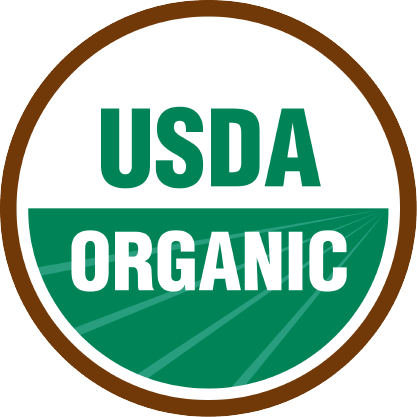
Organic
A USDA-certified label meaning that the food item must contain at least 95% organic ingredients with no synthetic growth hormones, antibiotics, pesticides, biotechnology, synthetic ingredients or irradiation used in production or processing. Items that have at least 70% organic ingredients and are not synthetically produced can say, “made with organic ingredients,” though they cannot have the USDA organic seal.
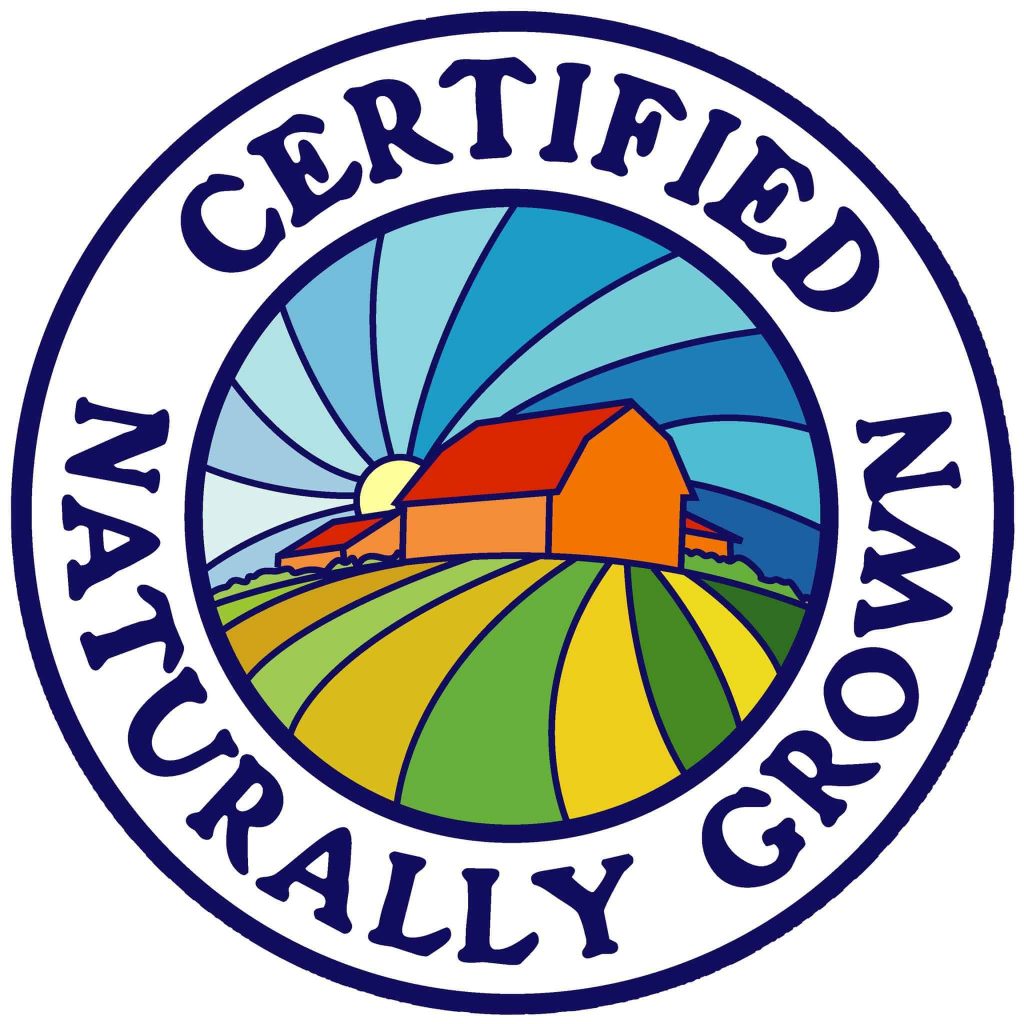
Certified Naturally Grown
The certification process to become an organic farm can be lengthy and expensive, so smaller local farms can opt for an alternative certification process with the nonprofit, Certified Naturally Grown. It is not government certified, but the standards are stringent and based on the same regulations for the USDA organic program. You will see this more often at farmers markets or your local CSA.
Natural
This is not to be confused with Certified Naturally Grown! Being labeled “natural” or “all natural” actually has no regulation behind it, so many products can be labeled “natural” for marketing benefits. It generally means that the item does not include artificial colors, artificial flavors, preservatives or other artificial ingredients and should be minimally processed. This could still include hormones and antibiotics, however, and there are no rules for production.
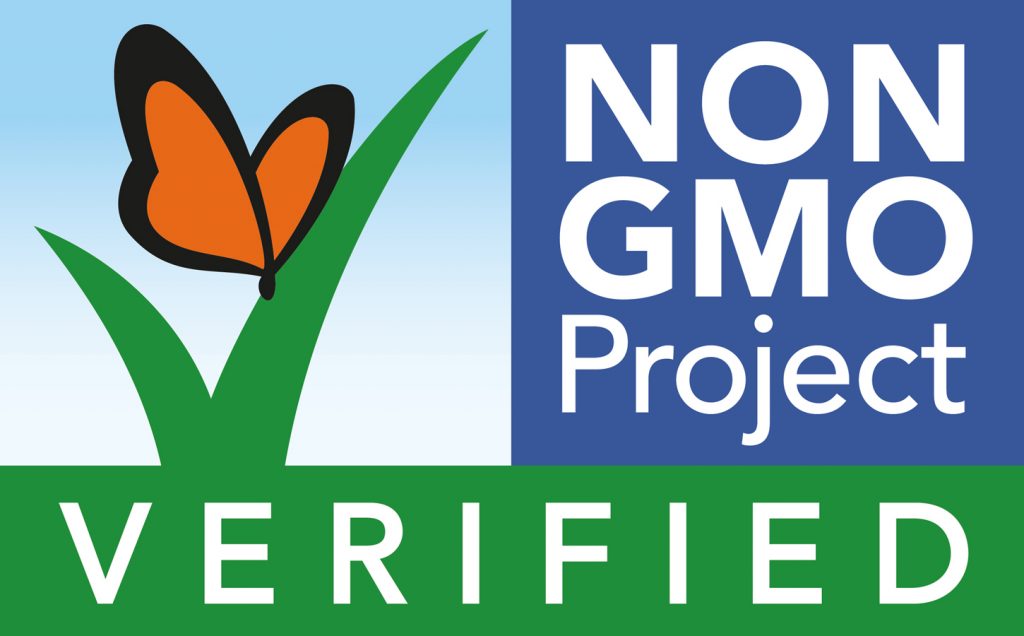
Non-GMO Project Verified
This is the label you want to look for to guarantee that the product is grown without genetic engineering. The Non-GMO Project is a third party nonprofit that has a strict verification process. On the other hand, keep in mind that the labels “non-GMO” or “GE-free” do not have standardized regulation and vary company-to-company.

Grass Fed + Grass Finished
Grass-fed meat is healthier and more sustainable and humane, but this is a complicated one! First, let’s start with the best label to look for: the American Grassfed Association logo. This ensures that ruminant meat animals (beef, bison, goat, lamb and sheep), dairy cattle, and pastured pork are fed 100% grass and forage, raised on pasture without confinement, never given antibiotics or hormones, and born and raised on American farms. The USDA does have grass-fed verification, though it is not as comprehensive and it does not have a clear definition for the term “grass fed.” For example, cows can still be kept in pens for months and fed hay, and they can still receive antibiotics and hormones. Just keep in mind that grass fed does not always mean fully on pasture or only grass and forage! Look for grass finished meat if you’re unsure, and this ensures that the animal has had a full grass-fed diet and did not finish fattening up in a feedlot.
Cage Free
For chickens, this means that they are raised with 1 to 1.5 square feet of barn space. This doesn’t guarantee access to the outdoors, but it is a step up from battery cages, or the very small cages that prevent the birds from spreading their wings. Look for GAP-Certified, Animal Welfare Approved, and Certified Humane for high standards for animal welfare.
Free Range
For poultry, this guarantees that they are allowed outside for at least 120 days of the year. There is no space requirement for this, though, and it doesn’t actually mean the birds spent time outside, only that they had access to the outdoors. It probably isn’t the picture of the happy chicken running across a pasture that may come to mind.
Pasture Raised
This is not regulated by the USDA. For eggs, if they are Certified Humane, then the hens have had at least 108 square feet to roam and their pastures have been rotated. Since there is no legal definition, however, this term can really be applied to any animal that has been in a pasture for any amount of time. Make sure to check one of the above humane certifications.
Hormone Free
To be clear, federal law prohibits hormone use for poultry and pork. So if you see “hormone-free” on these products, it’s probably a way to mark up the price or get you to buy that product. Hormones can be used for beef and dairy, though, so look for products that are free of rBGH or rBST, the synthetic growth hormones commonly used in cattle.

Fair Trade
The Fairtrade Labeling Organizations International (FLO) and Fair Trade USA set standards for fair wages, safe working conditions and sustainable development. Products, including coffee, honey, fruit, and spices, among others, are marked as fair trade if they adhere to these guidelines.
As a general rule of thumb, it greatly varies how some of these labels are reinforced by the USDA. Be on the lookout for the aforementioned logos on packaging to make sure you’re getting healthy, sustainable and humane options. You may need to research specific brands to be sure they are truly living up to the labels they use!
Previous Posts

Recipes
Banana Bread French Toast
We’re taking French toast up a notch by making it with…banana bread! Trust us, this version will be your new favorite breakfast for cozy weekends in.
Read More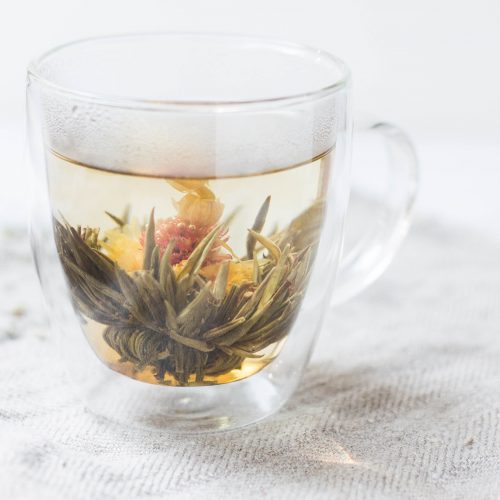
Lifestyle
7 Foods to Help You Sleep
Trouble sleeping lately? You’re not alone. Try these 7 foods and drinks to help you fall asleep faster and stay asleep through the night.
Read More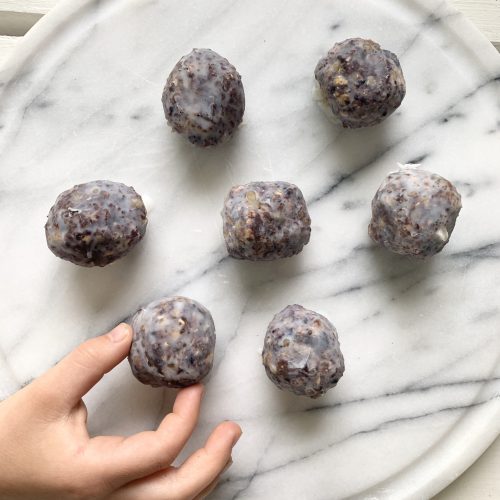
Recipes
No-Bake Blueberry Donut Holes
“Healthy donut holes” sounds like an oxymoron but we’re here to tell you healthy donut holes really do exist! And they’re ah-mazing. The best part? No baking required! Dreams really do come true.
Read More


